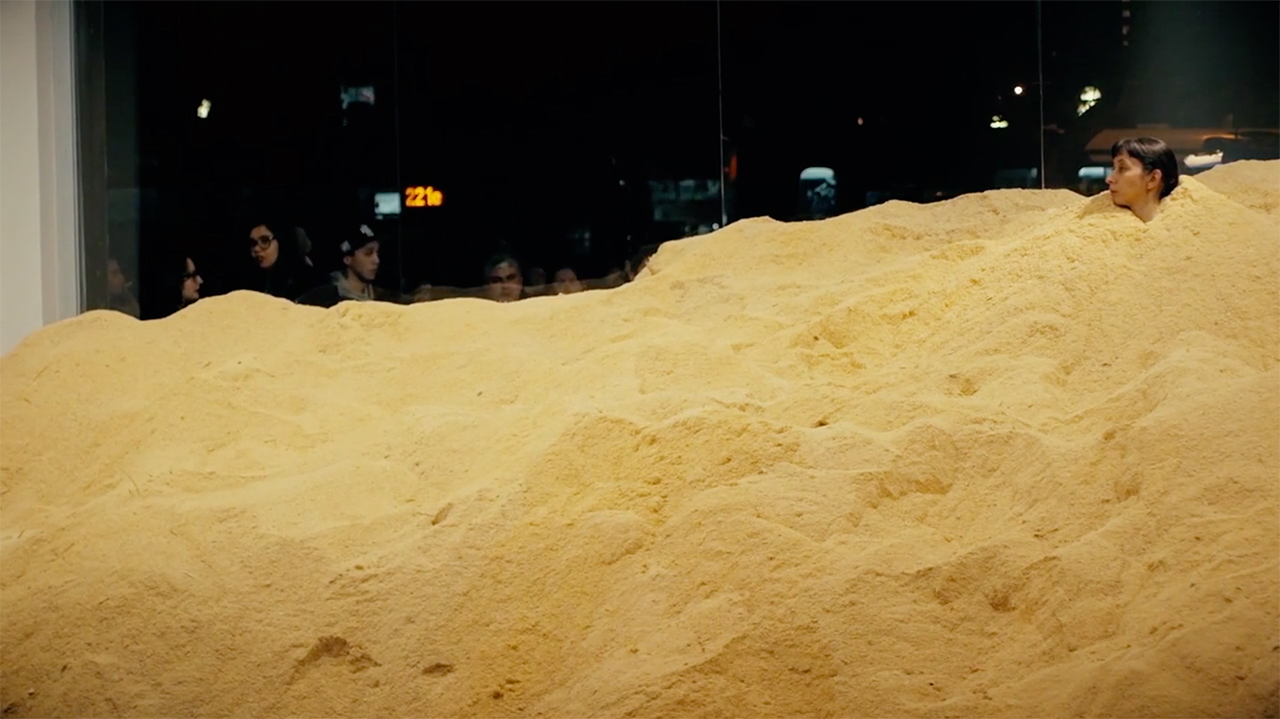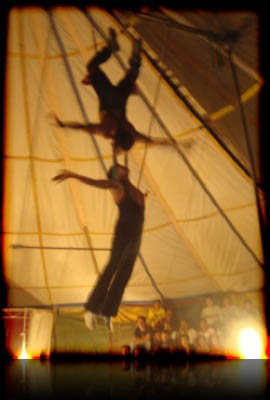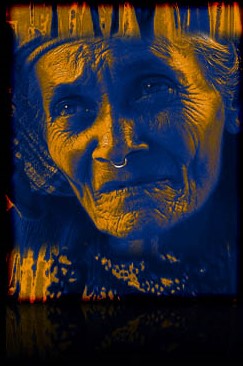Disempathy and emotional witnessing in passport photography
DOI:
https://doi.org/10.25071/1913-5874/37391Abstract
Passport photography bans the display of emotion and aims at suppressing what speaks to our individual circumstances. This paper argues that the disempathy that results provides a starting point for moral imagination and a method for preserving political engagement beyond the reach of the state. The sharing of emotion concerns political theorists, however, who worry that judgment can be swamped by sentiment, making empathy an unruly or unreliable political resource. Passports represent an aspiration to regulate complex emotions by making identity and belonging a matter of state prerogative rather than interpersonal exchange. The rise of biometrics provides an opportunity to bring emotion under state supervision, dictating its display in a manner that echoes forms of social and racial performance. Efforts to pacify citizens may boomerang, nonetheless, by setting the conditions for unconventional forms of looking and recognition, methods available to individuals but not the states that govern them.
References
Arendt, Hannah. Lectures on Kant’s Political Philosophy. Ed. Ronald Beiner. Chicago, IL: U of Chicago P, 1982. Print
Arendt, Hannah. On Revolution. New York: Penguin Books, 1963. Print.
Azoulay, Ariella. “Photography.” Mafte’akh 2 (2011): 65-80. Print.
Azoulay, Ariella. “What is a Photograph? What is photography?” Philosophy of Photography 1.1 (2010): 9-13. Print.
Azoulay, Ariella. The Civil Contract of Photography. New York: Zone Books, 2008. Print.
Barthes, Roland. Camera Lucida: Reflections on Photography. New York: Hill and Wang, 1981. Print.
Butler, Judith. Precarious Life: The Powers of Mourning and Violence. New York: Verso, 2004. Print.
Beebly, Dean. “ePassport Images Under Fire for Lack of Diversity.” Huffington Post (Canada). 31 October 2012. Web. 25 February 2016. .
Canadian Press. “Newly unveiled ePassport images lack women, diversity: focus groups.” CTV News. 30 October 2012. Web. 24 February 2016. .
Chinese Immigration Act Certificate. c.1918. Photograph. Vancouver Public Library, Vancouver, B.C. Vancouver Public Library Special Collections Historical Photographs. Web. .
Cho, Lily. “Anticipating Citizenship: Chinese Head Tax Photographs.” Feeling Photography. Ed. Elspeth Brown and Thy Phu. Durham, NC: Duke UP, 2014. 156-180. Print.
Cho, Lily. “Citizenship, Diaspora and the Bonds of Affect: The Passport Photograph.” Photography and Culture 2.3 (2009): 275-287. Print.
Cohen, Tobi. “Government on the hook for $1.5 million in legal costs for abandoning woman in Kenya,” National Post. 8 November 2012. Web. 24 February 2016 .
Gatta, Giunia. “Visiting or House-swapping? Arendt and Jaspers on Empathy, Enlarged Mentality and the Space between.” Philosophy and Social Criticism 40.10 (2014): 997-1017. Print.
Government of Canada. “Passport Photo Specifications.” Rev. ed. 2015. Web. 24 February 2016. .
Herder, Johann Gottfried. “This Too a Philosophy of History for the Formation of Humanity.” J.G. Herder: Philosophical Writings. New York, NY: Cambridge UP, 2002. 272-314. Print.
Jenkins, Rob, et al. “Variability in Photos of the Same Face.” Cognition 121.3 (2011): 313-323. Print.
Koss, Juliet. “On the Limits of Empathy.” The Art Bulletin 88.1 (2006): 139-57. Print.
Nelson, Deborah. “The Virtues of Heartlessness: Mary McCarthy, Hannah Arendt, and the Anesthetics of Empathy.” American Literary History 18.1 (2006): 86-101. Print.
Robertson, Craig. The Passport in America. Oxford: Oxford UP, 2010. Print.
Salter, Mark. “When the Exception Becomes the Rule: Borders, Sovereignty, and Citizenship.” Citizenship Studies 12.4 (2008): 365-80. Print.
Sheehan, Tanya. “Looking Pleasant, Feeling White: The Social Politics of the Photographic Smile.” Feeling Photography. Ed. Elspeth Brown and Thy Phu. Durham, NC: Duke UP, 2014. 127-57. Print.
Sheets, Karin. “Passport Photos for Children with Special Needs.” 13 January 2014. Web. 25 February 2016 .
Sontag, Susan. Regarding the Pain of Others. New York: Farrar, Straus and Giroux, 2003. Print.
Torpey, John. The Invention of the Passport: Surveillance, Citizenship and the State. Cambridge: Cambridge UP, 2000. Print.
Vries, Lloyd. “New Passport Rule Has No Teeth.” CBS News. 29 November 2004. Web. 24 February 2016. .
Zhang, Xiaozheng and Youngsheng Goa. “Face Recognition across Pose: A Review,” Pattern Recognition 42.11 (2009): 2876-896. Print.





